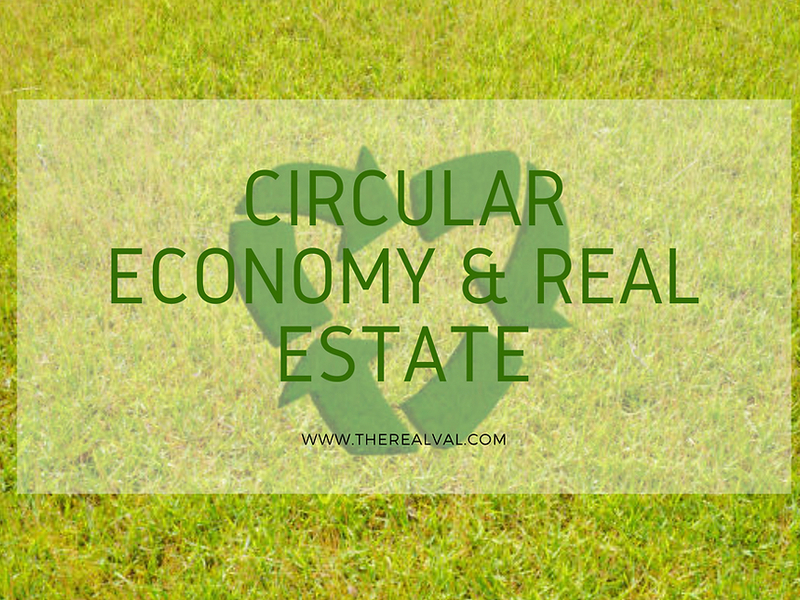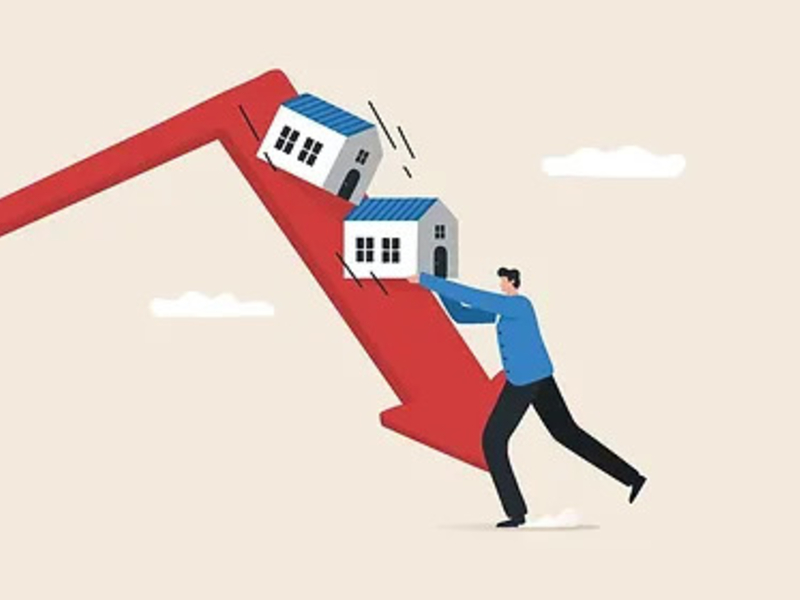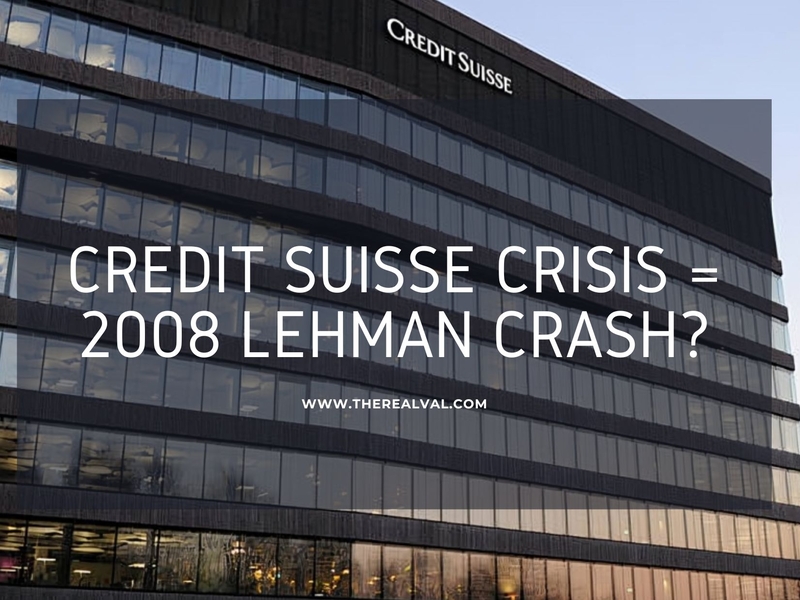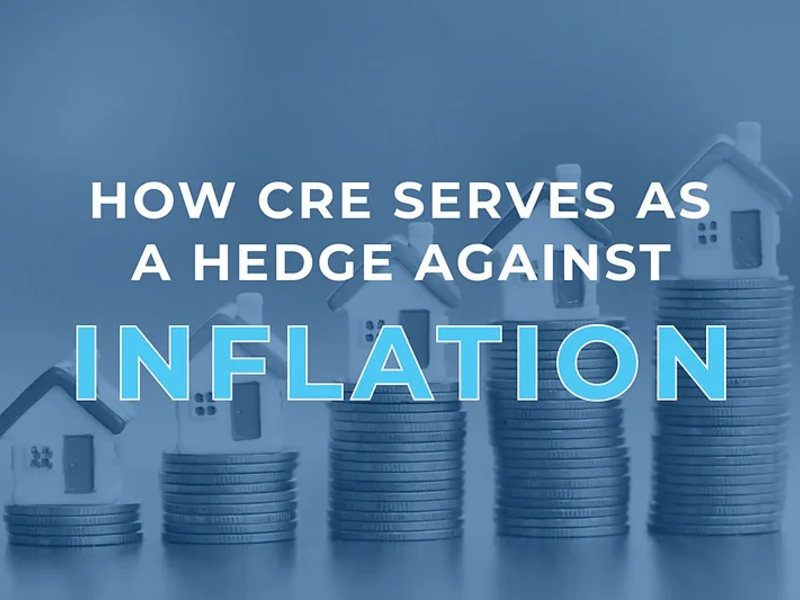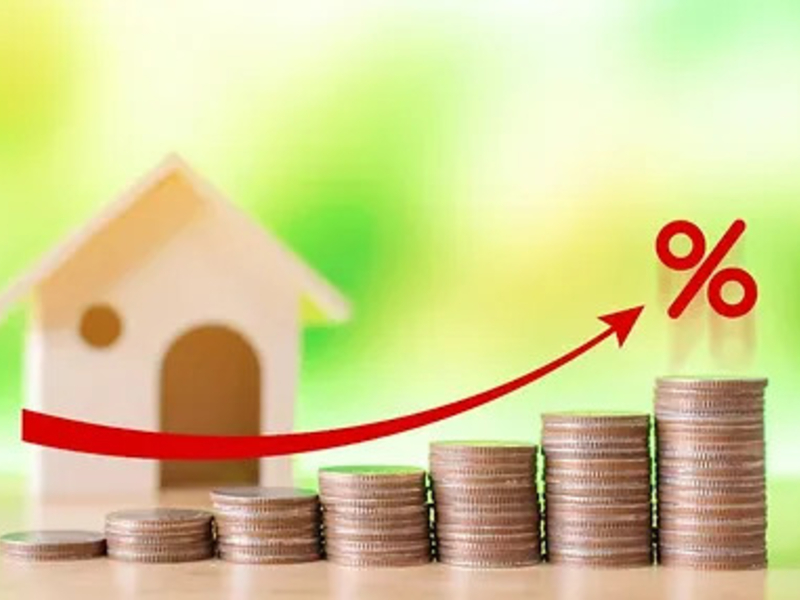Circular Economy has been gaining a lot of traction lately and rightly so because it has environmental concerns on its watch, which is the most imminent need of the time! Circular Economy focuses on waste minimization by keeping resources in use for as long as possible and integrating it with the practices in the real estate industry I bound to work wonders for the environment. The reason behind it is that buildings are a substantial source of greenhouse gas emissions and energy use. In this article, we will explore ways in which principles of circular economy can be inculcated into real estate practices.
1. Building Design: This is obviously where we have to start because designing goods and structures with end-of-life concerns in mind is one of the core tenets of the circular economy. This implies that the ability to reuse, recycle, or repurpose materials and components should be taken into consideration when proceeding with the planning of the building design. When a structure reaches the end of its useful life, it may be planned to be deconstructed rather than torn down, so that the resources can be recycled or reused. Additionally, to lessen the dependency on non-renewable energy sources, buildings can be constructed to utilize renewable energy sources like solar or wind power. Additionally, repurposed materials can be used in the construction of buildings to minimize waste and the need to mine new resources.
2. Deconstruction vs Demolition: You would be surprised (or maybe not!) to know that the majority of the waste produced globally comprises of construction and demolition waste. By identifying opportunities for material reuse or recycling, the circular economy tries to reduce this waste. Deconstruction rather than destruction, the use of prefabricated building components, and the utilization of recycled materials in construction projects are a few strategies that can help implement waste reduction and management.
3. Collaborative Resources: Another foundational doctrine on which circular economy sustains is the pooling of resources. Anyway, in the current lifestyle, collaboration has become widely common- both, to save money and to save the planet! How should this be amalgamated in real estate? This can be easily accomplished by sharing areas like kitchens, conference rooms, and coworking spaces. This way, by significantly lowering the amount of space needed by particular firms or organizations, shared resources can lessen the built environment's total environmental effect.
4. Energy Consumption: It is a rather well-known fact that energy saving and environmental saving go hand in hand, more often than not. This makes energy consumption reduction a critical component of the circular economy. Energy-efficient building designs and technology, which are modeled to utilize passive solar heating and cooling systems, insulation, and smart building management systems, can easily help achieve this. It is only wiser to tap into what is infinitely available than what is constantly depleting. Renewable energy sources like solar, wind, and geothermal can also be incorporated into building designs to lessen reliance on diminishing fossil fuels. Furthermore, energy efficient measures are also cost effective, which can further help reduce bills.
5. Adaptability: Adaptability breeds efficiency! The circular economy places a strong emphasis on the value of extending the useful life of resources. This can apply to real estate and entail renovating current structures rather than constructing brand-new ones. Adaptive reuse entails putting an existing structure to new use, such turning an old retail outlet into a residence. This strategy can not only protect the character and heritage of existing buildings while minimizing the environmental effect of new construction. This will also reduce the need for cost intensive renovations or demolitions.
6. Business opportunities: The more there are, the better it is, or is it not? The real estate sector may benefit from new business prospects brought forth by incorporating circular economy. Real estate developers and investors can generate new revenue streams from the sale of recycled materials, energy-efficient systems, and other sustainable goods and. Additionally, the circular economy can spur innovation in the sector as businesses look for fresh approaches to building design and operation that are more efficient and sustainable.
7. Health benefits: Encompassing holistic benefits, circular economy implementation is eventually a boon for the health as well. Circular economy can enhance building tenants' overall quality of life. We can create settings inside buildings that are healthier and more comfortable by planning with circular ideas in mind. Resulting constructions can enhance air quality, lower stress levels, and boost productivity by providing natural ventilation, green spaces, and daylighting.
All in all, inculcating the ideals of circular economy can be transformative for the real estate industry. As the world continues to struggle with issues related to climate change and resource depletion, it is crucial that the real estate sector contributes its part to the shift to a more sustainable and circular economy, because little by little, a little becomes a lot!
Trending

